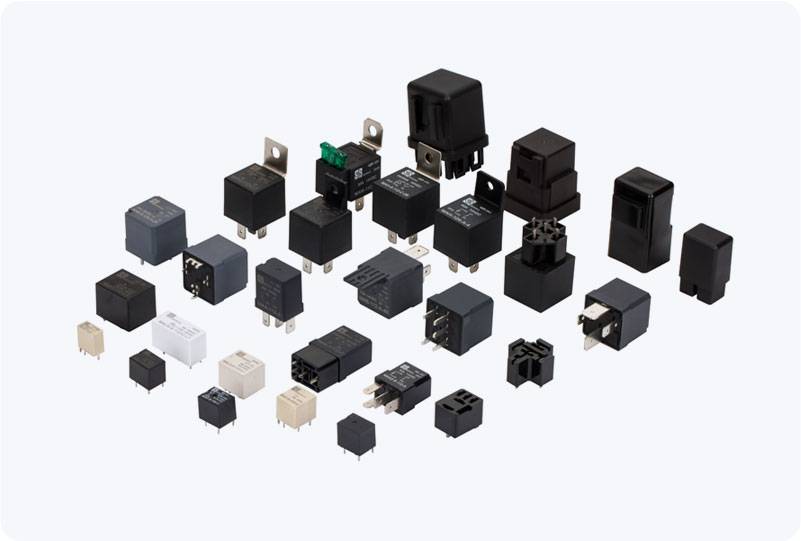In the world of electrical engineering, efficient and reliable motor control is essential for various industrial, commercial, and domestic applications. One critical component that plays a pivotal role in ensuring the smooth and safe operation of electric motors is the Motor Control Power Relay. These relays are key to controlling the start, stop, and protection of motors in diverse environments. In this article, we will explore the functioning, types, benefits, and applications of Motor Control Power Relays, emphasizing their importance in modern motor control systems.

What is a Motor Control Power Relay? A Motor Control Power Relay is an electromechanical device that is used to control the power supply to an electric motor. It is typically used to switch the power on and off, ensuring the motor operates safely within its designated parameters. The relay can be activated by a control signal and is often integrated into more complex systems like motor starters, variable frequency drives (VFDs), or automated control panels. The primary function of a motor control relay is to control the flow of electricity to the motor, allowing the motor to start and stop without requiring manual intervention. Additionally, these relays can provide overload protection and safeguard the motor from excessive current, ensuring longevity and reliability in motor-driven systems.